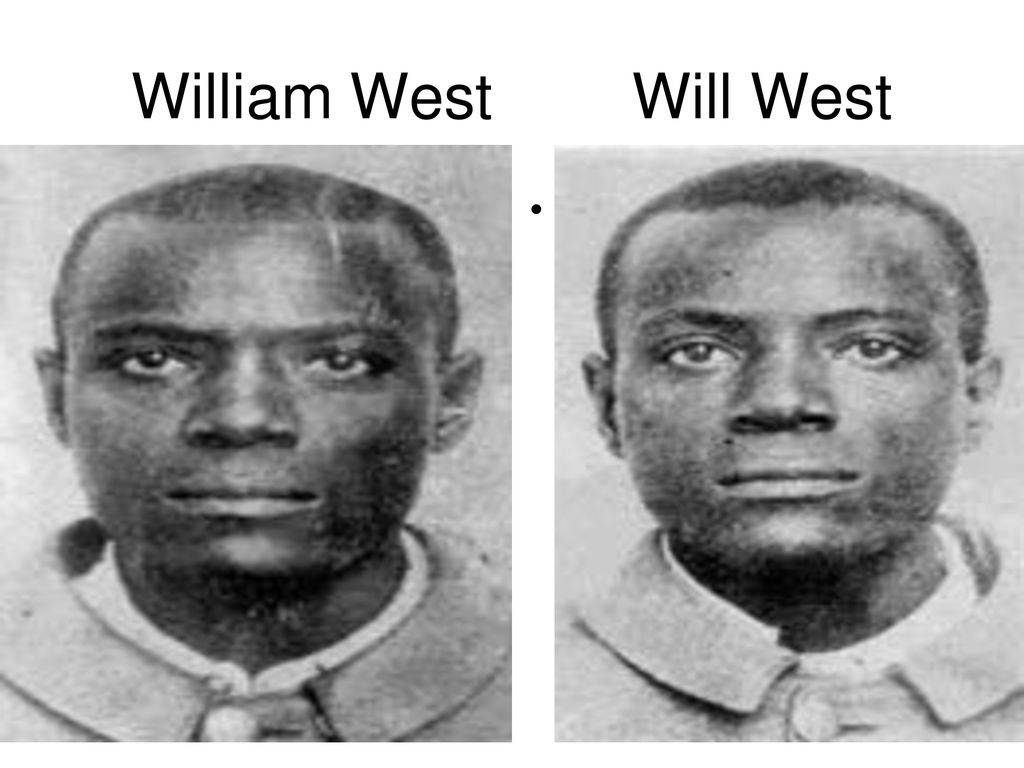They looked identical and even had the same name, but the two prisoners in the photo were actually different people, and their remarkable case helped usher in the era of fingerprint identification.
The man on the left was named Will West, the man on the right was William West, and both were sentenced to prison at Leavenworth Penitentiary in Kansas over 100 years ago.
The arrival of Will West in 1903 caused great confusion for the prison clerk, who was convinced he had been charged two years earlier.
The Secretary, M.W.McClaughry asked Will West if he had ever been in prison.
West said no.
McClaughry then began his Bertillon measurements, named after French policeman Alphonse Bertillon, which was the usual method of identifying people and involved recording the measurements of important physical features.
McClaughry, still convinced that the man before him had already been in prison, looked up his name in his file system and found one William West, who looked identical in every way to Will West in the photographs.
They even had the same Bertillon dimensions.But Will West insisted to McClaughry that he wasn't: "That's my picture, but I don't know where you got it because I know I've never been here."
To McClaughry's surprise, he had too absolutely right. William West was a very different person and had actually been imprisoned for murder two years earlier.
The case highlighted the shortcomings of the Bertillon method and it wasn't long before US authorities turned their attention to fingerprinting.His pioneer was Scotland Yard Sgt. John K. Ferrier, who met McClaughry at the 1904 St. Louis World's Fair while guarding the Crown Jewels, which were on tour.
He told the US Correctional Officer how Scotland Yard had used fingerprints for the past three years and preached their accuracy.McClaughry was sold and, after being briefed on the technique, introduced her to Leavenworth Prison. The first national fingerprint archive in the United States was established shortly thereafter.
The use of fingerprinting began in 1858 with Sir William James Herschel, Chief Magistrate of Hooghly District in Jungipoor, India, who encouraged local people to seal their business contracts with their palms. However, he did so believing it would be a good way to identify someone, not because he knew the science behind it.


